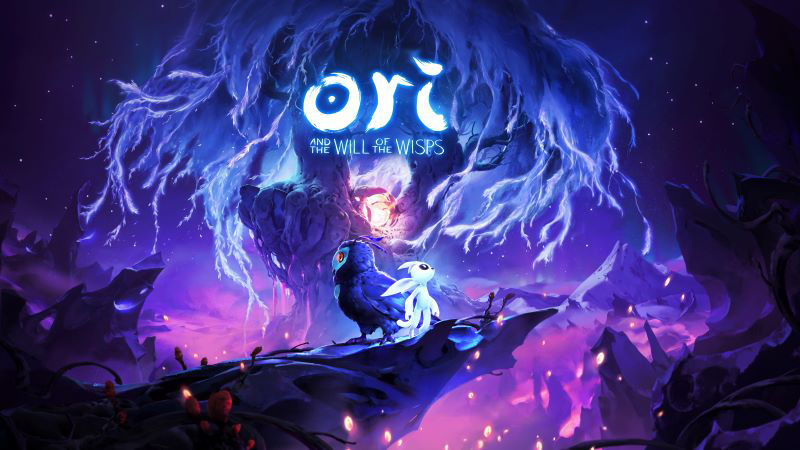Ori and the Will of the Wisps

Formosa Group was asked by Moon Studios to provide end-to-end audio services for Ori and the Will of the Wisps, a much-anticipated sequel to their award-winning Ori and the Blind Forest. We wanted to upgrade the sonic world of Ori to a truly next-generation level by using the latest technologies to provide the most immersive audio experience possible.
One of our core goals for this project was to update the Ori experience to the state-of-the-art capabilities of the Xbox One and PCs while still providing an excellent mix for all audio channel configurations, especially stereo and headphones. By working within the Dolby Atmos and Microsoft Spatial Audio formats we were able to create and mix natively in the immersive audio realm as well as rely on the great sounding downmixing algorithms to deliver equally compelling mixes for 7.1, 5.1, and stereo.

But why opt to spend time and resources on a “3D” audio presentation for what is essentially a “2D” game? Well, first off Ori and the Will of the Wisps may have most of the gameplay action in 2D however it still has a lot of depth within the world. It has so much detail and dimensionality in its environments that alludes to a “there” beyond the playable area, we wanted the audio to add to that sense of space and immersion. Secondly, there is a large amount of verticality used in the level design and gameplay, so being able to spatialize audio in the z axis really helps to inform the player when there is more to explore “above” them. Thirdly, the general benefit of having a much wider soundstage makes for a really open and natural sounding mix. There are more panning and positioning options to place elements so they don’t conflict as much, so I don’t need to compress or EQ as drastically just to make things fit.
The next question invariably is “How many people have big Atmos home theaters anyway?” when it comes to justifying a surround production. To which the answer is: With spatial audio virtualization supported on the operating-system level of most platforms, anyone with a set of headphones has the opportunity to hear a great surround presentation. This was naturally the case with Ori and the Will of the Wisps being developed for Xbox One and PC. Plus, the audio engine being used was Audiokinetic’s Wwise, so the game was essentially ready to output spatial audio without any additional engineering support.
In the next post I’ll talk about where spatial content made the most sense and how we realized it in-engine.
---
Award-winning sound veteran Kristoffer Larson joined Formosa Interactive in the summer of 2016. With over two decades of sound experience, including post, games, and VR/AR, Larson truly understands the needs of developers. He’s happiest when a project is collaborative across all levels, from concept to integration. Recent projects with Formosa include Ori and the Will of the Wisps, Marvel Strike Force, State of Decay 2, and Mission: ISS.
Prior to joining Formosa, Larson founded his own company, Tension Studios, based in Seattle, Washington. After having spent years in various internal audio roles with companies like Cranky Pants Games, Konami, WB Games and Dolby Labs, his goal was to create a game-centric audio studio that specifically catered to interactive development. His unique approach and experience can be heard on Tiny Bubbles, Fable: The Journey, State of Decay and Halo 4.